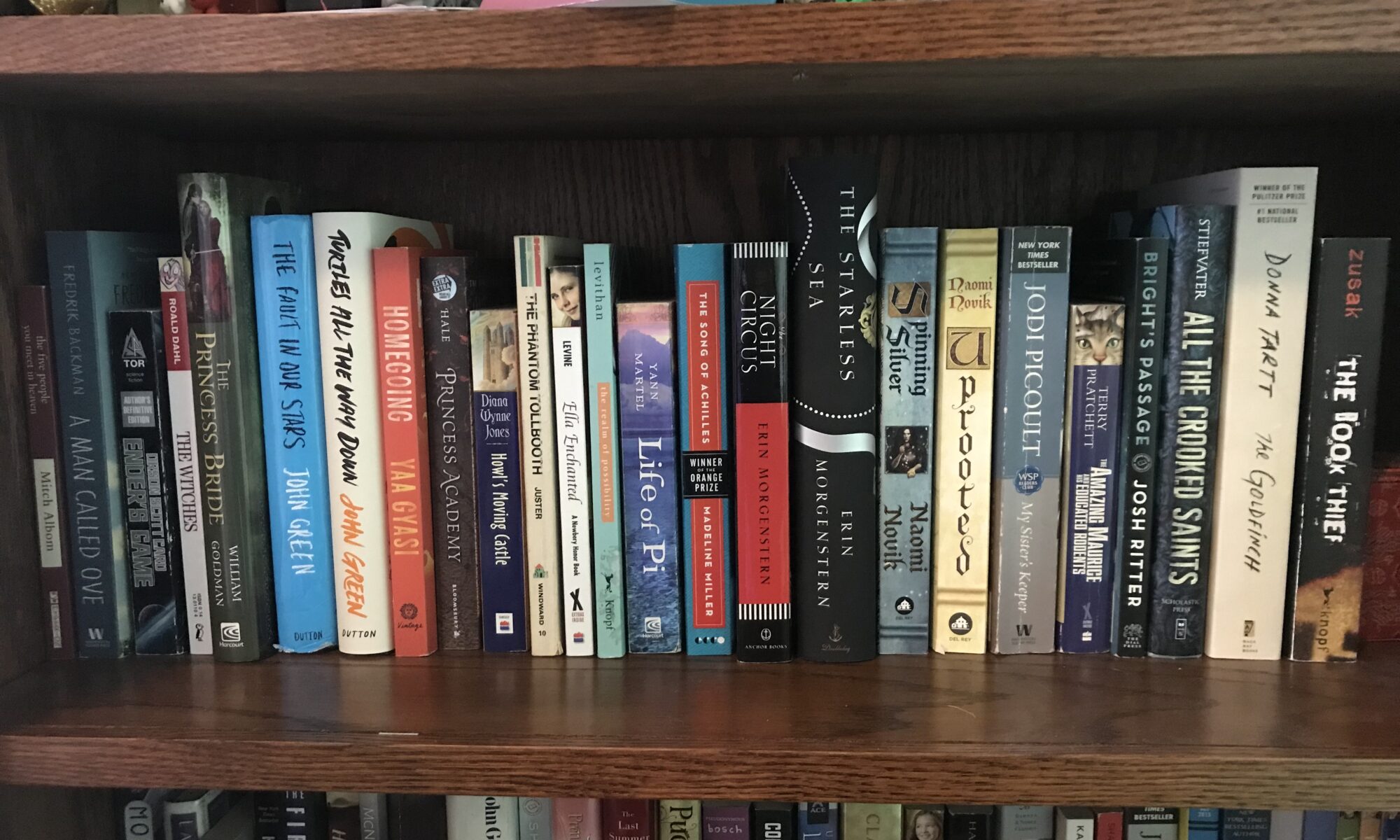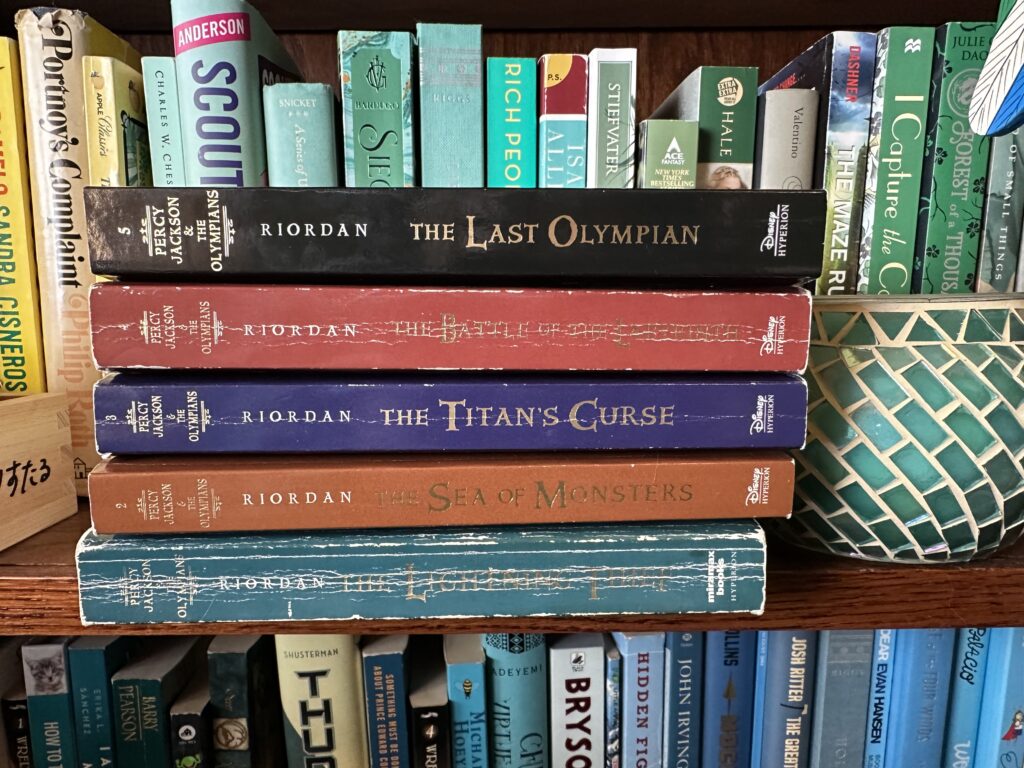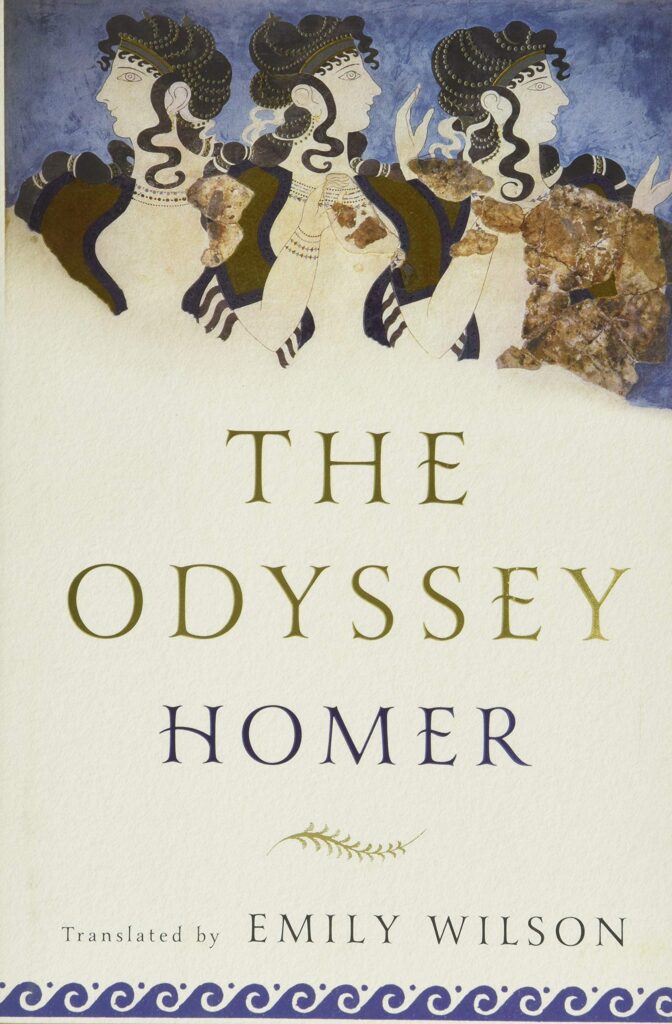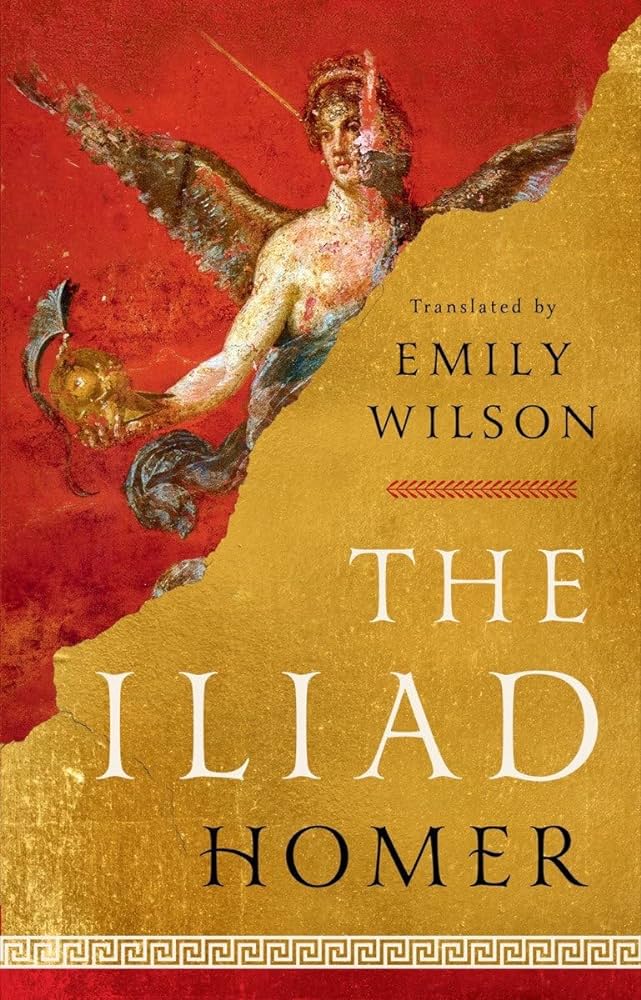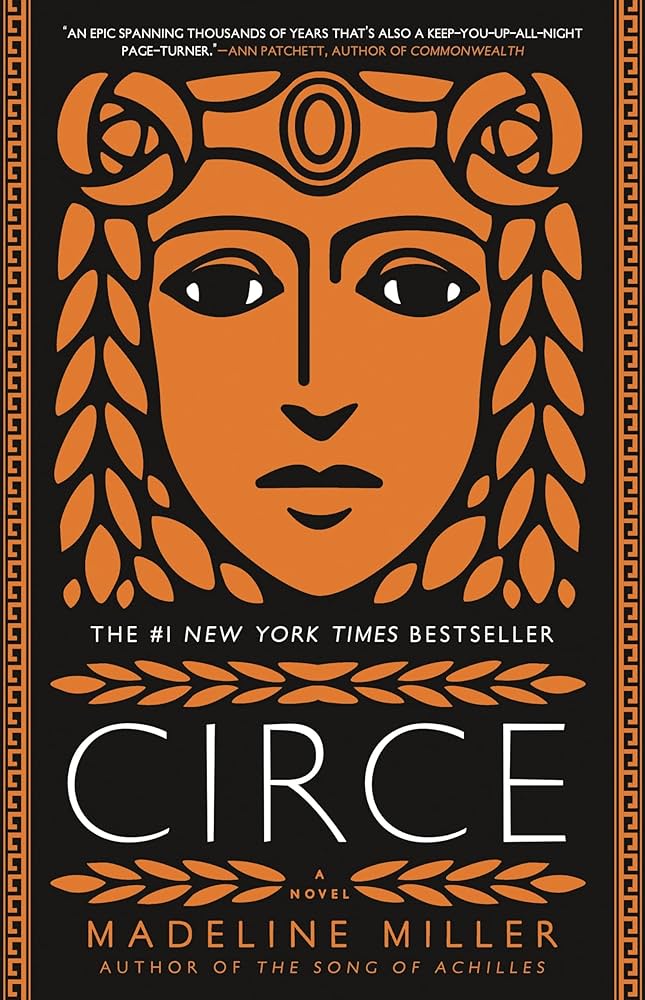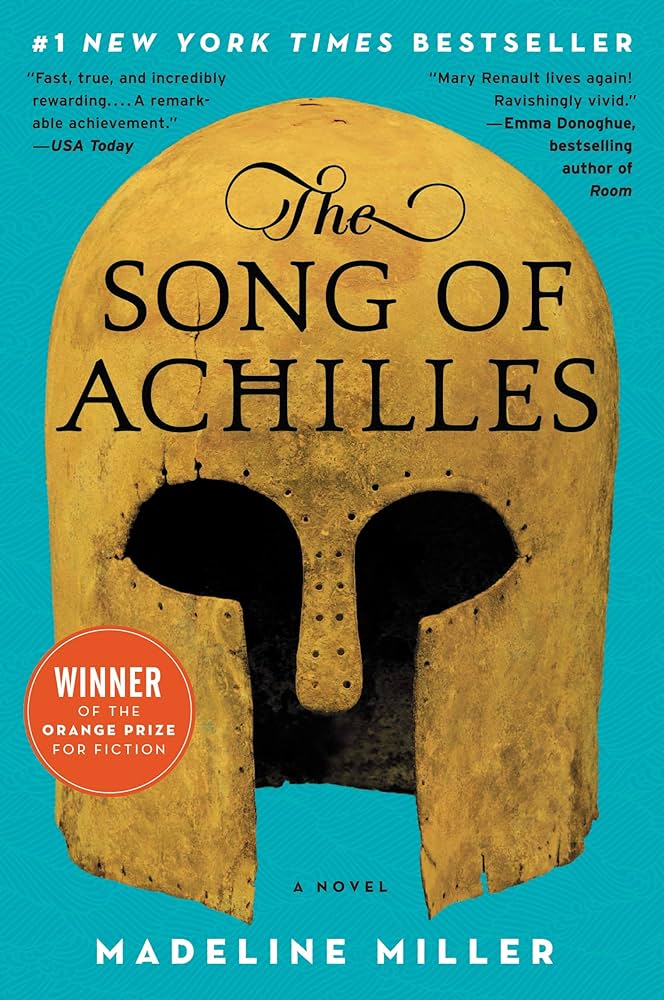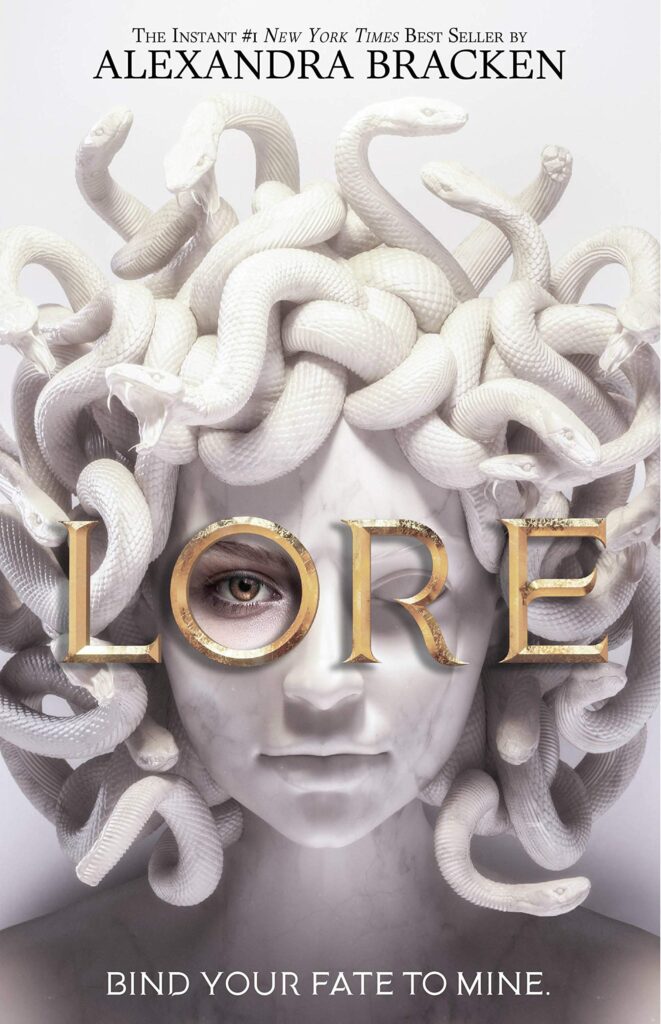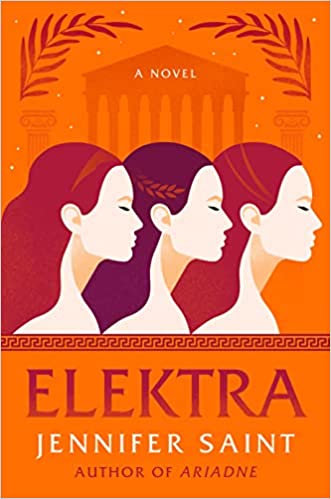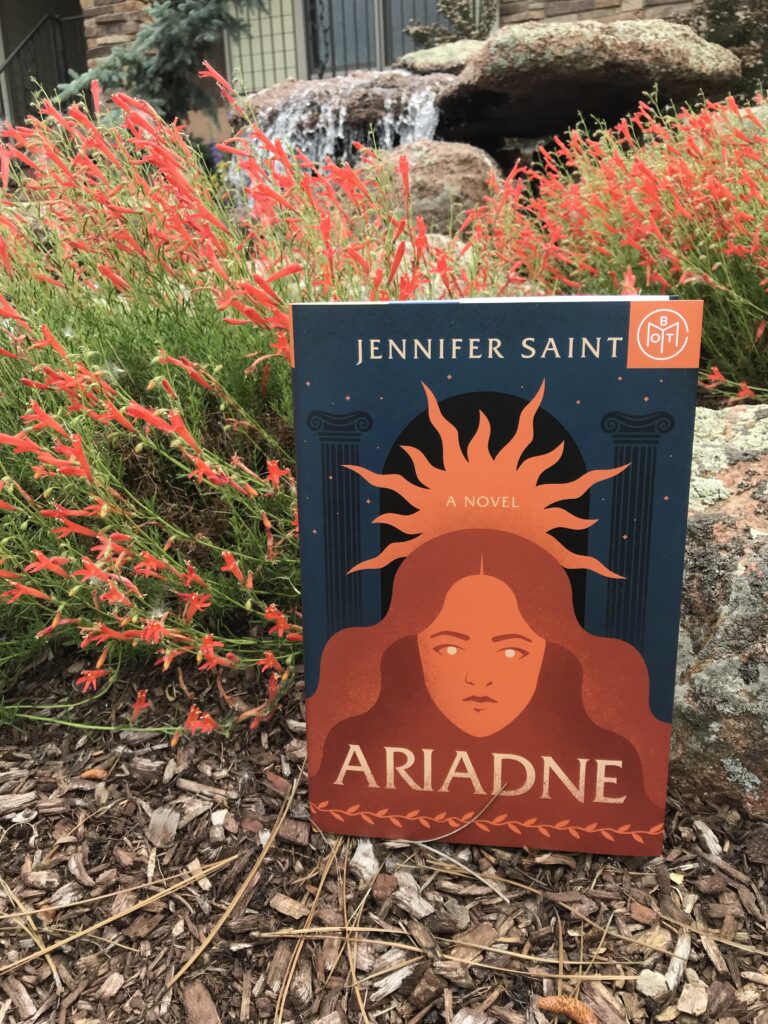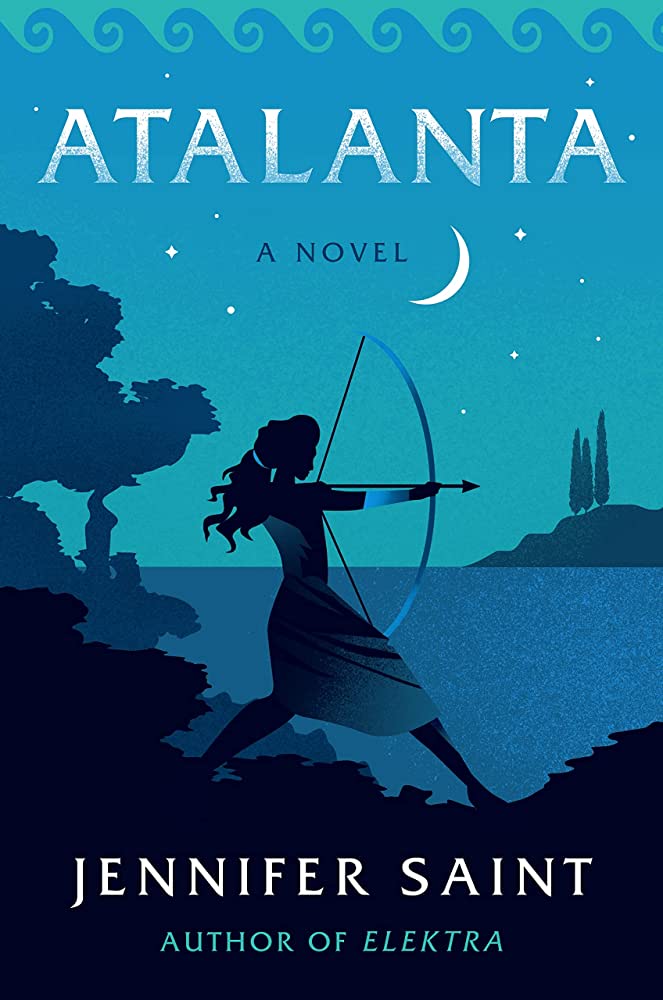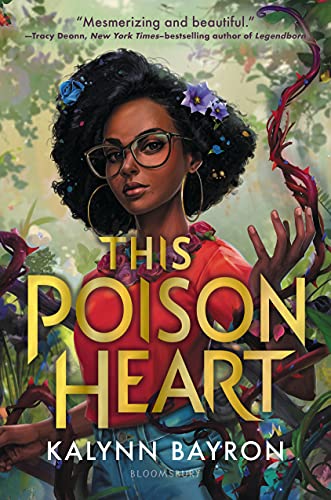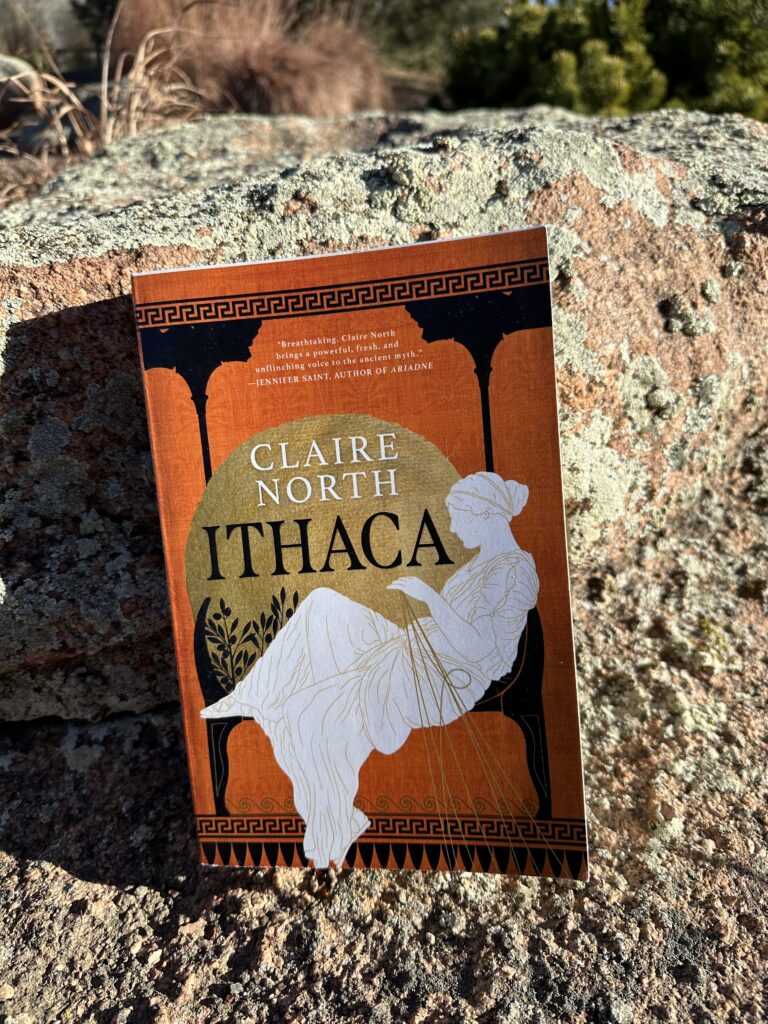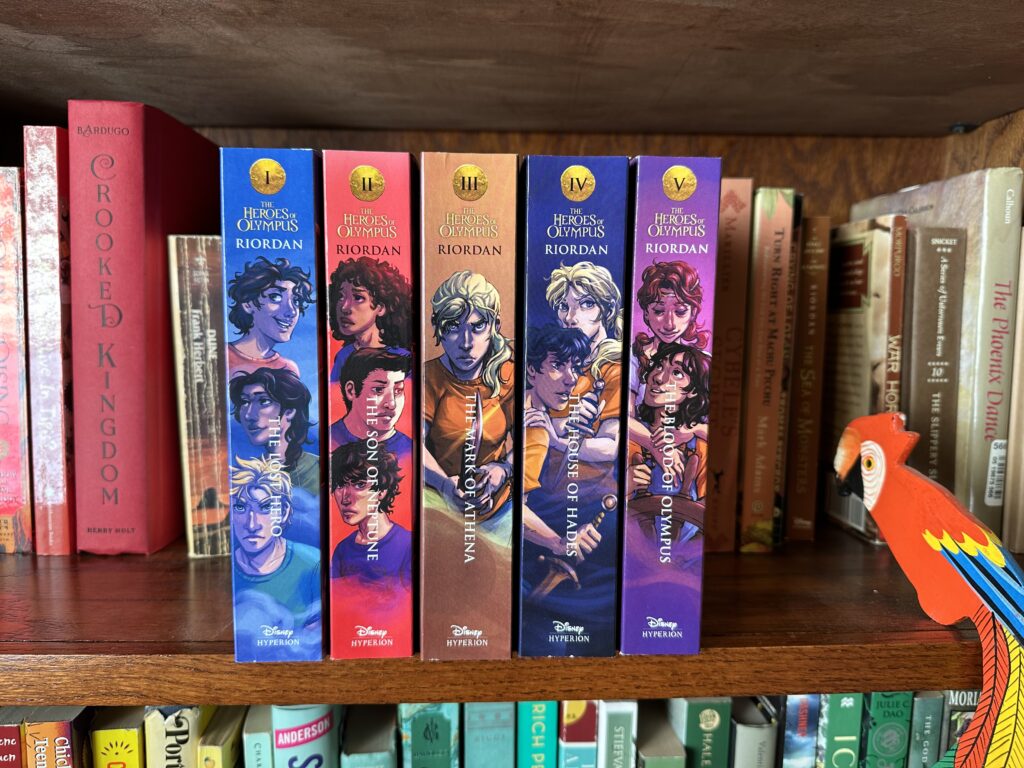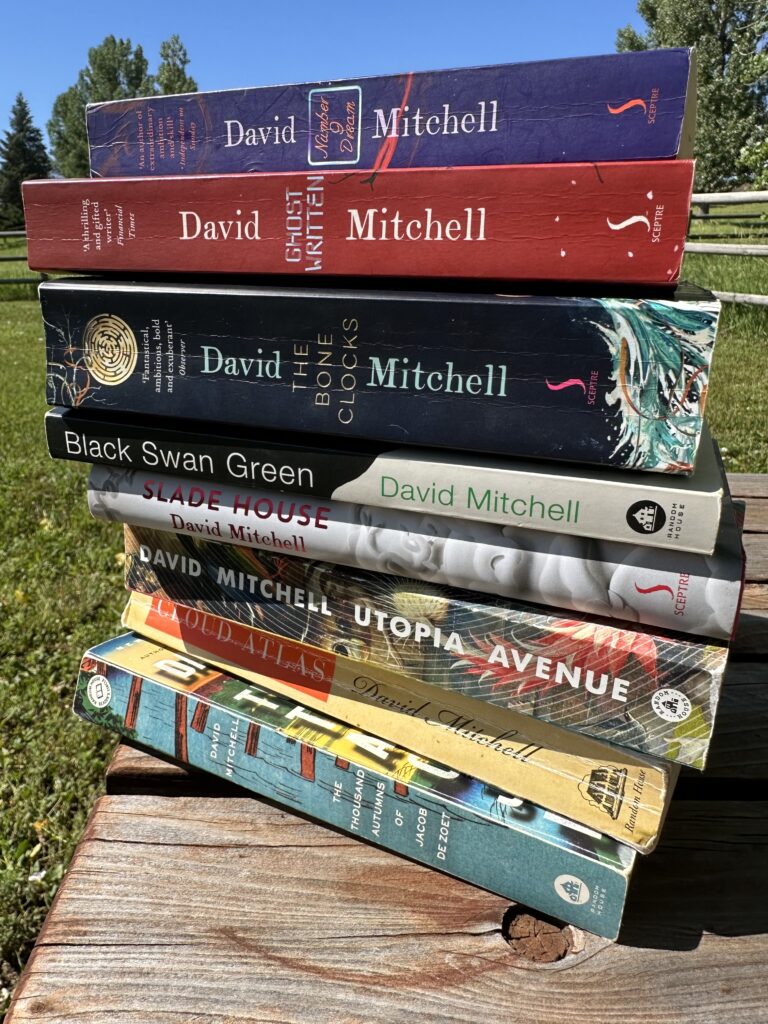I read through the list The New York Times published of their top 100 books of the 21st century (I’ve read 11). They did not included nearly enough fantasy, sci-fi, or children’s books. And I looked at the readers choice top 100 books posted by The New York Times (I’ve read 36). Better, but still not perfect.
Just so personally offended that perhaps one of my least favorite books of all time was on BOTH lists (Olive Kitteridge by Elizabeth Strout). Also Middlesex by Jeffery Eugenides was on both lists. Did you know Eugenides wrote that because he read a memoir by an intersex girl and he thought it didn’t do a good enough job capturing the emotions of intersex people. So clearly a cis white man is the guy to fix that problem. The book is fine but that backstory gives me the ick, so you won’t find it on this list.
Anyway, apparently I won’t be happy until I make my own list that is biased toward fantasy and YA.
My criteria is (1) books I’ve read that (2) I loved and which (3) also had staying power that were (4) written after 2000. I’ll be honest, the numbering system is kinda just based on vibes. I don’t know that I can really claim to like some of these books more than others.
100. Good Kings Bad Kings by Susan Nussbaum, 2013, YA
99. Deaf Republic by Ilya Kaminsky, 2019, poetry
98. The Fire Endless by Rebecca Ross, 2022, fantasy
97. My Bonny Light Horseman by L.A. Meyer, 2008, YA, historical fiction
96. The Tiger’s Wife by Téa Obreht, 2011, literary fiction
95. All the Crooked Saints by Maggie Stiefvater, 2017, YA, fantasy
94. How to Write an Autobiographical Novel by Alexander Chee, 2018 nonfiction, essays
93. The Overstory by Richard Powers, 2018, literary fiction
92. A River Enchanted by Rebecca Ross, 2022, fantasy
91. Lobizona by Romina Garber, 2020, YA, fantasy
90. Whale Talk by Chris Crutcher, 2001, YA
89. Legendborn by Tracey Deonn, 2020, YA, fantasy
88. Jim Henson: The Biography by Brian Jay Jones, 2013, nonfiction, biography
87. The Four Winds by Kristin Hannah, 2021, historical fiction
86. The Bonestter’s Daughter by Amy Tan, 2001, historical fiction
85. Legends & Lattes by Travis Baldree, 2022, fantasy, LGBTQIA+
84. Atalanta by Jennifer Saint, 2023, historical fiction, fantasy
83. Middlegame by Seanan McGuire, 2019, fantasy
82. The Poet X by Elizabeth Acevedo, 2018, YA, novel-in-verse
81. The Bone Shard Daughter by Andrea Stewart, 2020, YA fantasy
80. In the Lives of Puppets by TJ Klune, 2023, sci-fi, LGBTQIA+
79. The Vanishing Half by Brit Bennett, 2020, literary fiction
78. The Lightning Thief by Rick Riordan, 2005 middle-grade, fantasy
77. The Empire of Gold by S.A. Chakraborty, 2020, fantasy
76. Greywaren by Maggie Steifvater, 2022, YA, fantasy
75. Uprooted by Naomi Novik, 2015, fantasy
74. Felix Ever After by Kacen Calendar, 2020, YA, LGBTQIA+
73. A Man Called Ove by Frederick Backman, 2012, contemporary fiction
72. Turtles All the Way Down by John Green, 2017, YA
71. Iron Widow by Xiran Jay Zhao, 2021, YA, sci-fi, LGBTQIA+
70. As You Wish by Cary Elwes, 2014, nonfiction, memoir
69. How Far the Light Reaches by Sabrina Imbler, 2022, nonfiction, essays
68. Queen of the Night by Alexander Chee, 2016, historical fiction
67. The Thirty Names of Night by Zeyn Joukhadar, 2020, literary fiction, LGBTQIA+
66. The Phoenix Dance by Dia Calhoun, 2005, YA, fantasy
65. My Sister’s Keeper by Jodi Piccoult, 2004, contemporary fiction
64. The Goldfinch by Donna Tartt, 2013, literary fiction
63. The Book Thief by Markus Zuzak, 2005, YA, historical fiction
62. On Earth We’re Briefly Gorgeous by Ocean Vuong, 2019 literary fiction, LGBTQIA+
61. The Scorpio Races by Maggie Stievater, 2011, YA, fantasy
60. One Last Stop by Casey McQuiston, 2021, romance, LGBTQIA+
59. Tomorrow and Tomorrow and Tomorrow by Gabrielle Zevin, 2022, literary fiction
58. The Marriage Portrait by Maggie O’Farrell, 2022, historical fiction
57. Bloody Jack by L.A. Meyer, 2002, YA, historical fiction
56. The Fault in Our Stars by John Green, 2012, YA
55. The City of Brass by S.A. Chakraborty, 2017, fantasy
54. Ithaca by Claire North, 2022, historical fiction, fantasy
53. Kaikeyi by Vaishnavi Patel, 2022, historical fiction, fantasy, LGBTQIA+
52. Sea of Tranquility by Emily St. John Mandel, 2022, sci-fi
51. The House in the Cerulean Sea by TJ Klune, 2020, fantasy, LGBTQIA+
50. With the Fire on High by Elizabeth Acevedo, 2019, YA
49. Jonathan Strange & Mr. Norrell by Susanna Clarke, 2004, historical fiction, fantasy
48. Time is a Mother by Ocean Vuong, 2022, poetry, LGBTQIA+
47. Red, White & Royal Blue by Casey McQuiston, 2019, romance, LGBTQIA+
46. Amazing Maurice and His Educated Rodents by Terry Pratchett, 2001, YA, fantasy
45. American Gods by Neil Gaiman, 2001, fantasy
44. The Last Olympian by Rick Riordan, 2009 YA, fantasy
43. The Amber Spyglass by Philip Pullman, 2000, YA, fantasy
42. The Starless Sea by Erin Morgenstern, 2019, fantasy, LGBTQIA+
41. Babel by R.F. Kuang, 2022, historical fiction, fantasy
40. The Seer and the Sword by Victoria Hanley, 2000, YA, fantasy
39. The Wee Free Men by Terry Pratchett, 2003, YA, fantasy
38. The Sea of Monsters by Rick Riordan, 2006, middle-grade, fantasy
37. Black Swan Green by David Mitchell, 2006, literary fiction
36. Piranesi by Susanna Clarke, 2020 fantasy
35. Bright’s Passage by Josh Ritter, 2011, historical fiction
34. Anansi Boys by Neil Gaiman, 2005, fantasy
33. Spinning Silver by Naomi Novik, 2018, fantasy
32. The Summer of Bitter and Sweet by Jen Ferguson, 2022, YA, LGBTQIA+
31. Six of Crows by Leigh Bardugo, 2015, YA, fantasy
30. Elektra by Jennifer Saint, 2022, historical fiction, fantasy
29. Cinder by Marissa Meyer, 2012, YA, sci-fi
28. Gender Queer by Maia Kobabe, 2019, graphic memoir
27. Utopia Avenue by David Mitchell, 2020, literary fiction, fantasy
26. Disability Visibility edited by Alice Wong, 2020, nonfiction, essays
25. Circe by Madeline Miller, 2018, historical fiction, fantasy
24. The Hate U Give by Angie Thomas, 2017, YA
23. The Martian by Andy Weir, 2011, sci-fi
(Project Hail Mary is the one that is always making the lists, but The Martian is inarguably better)
22. True Biz by Sara Novic, 2022, contemporary fiction, LGBTQIA+
21. The Firekeeper’s Daughter by Angeline Boulley, 2021, YA, thriller
20. The Last Report of the Miracles at Little No Horse by Louise Erdrich, 2001, historical fiction, LGBTQIA+
(I was happy to see a Louise Erdrich on the readers choice list but shocked not to see one on the regular NYT list. We can argue about which one since they’re all good, but this one is my favorite.)
19. Untamed by Glennon Doyle, 2020, nonfiction, memoir, LGBTQIA+
18. When Women Were Dragons by Kelly Barnhill, 2022, fantasy, LGBTQIA+
17. The Realm of Possibility by David Levithan, 2004, YA, poetry, LGBTQIA+
16. Life of Pi by Yann Martel, 2001, literary fiction
15. Under the Jolly Roger by L.A. Meyer, 2005, YA, historical fiction
14. The Hunger Games by Suzanne Collins, 2008, YA, dystopian
13. Hellbent by Leigh Bardugo, 2023, fantasy
12. The Raven Boys by Maggie Stiefvater, 2012, YA, fantasy
11. The Five People You Meet in Heaven by Mitch Albom, 2003, contemporary fiction
10. Wildwood Dancing by Juliet Marillier, 2006, YA, fantasy
9. The Mark of Athena by Rick Riordan, 2012, YA, fantasy
8. Princess Academy by Shannon Hale, 2005, middle-grade, fantasy
7. The Song of Achilles by Madeline Miller, 2011, historical fiction, fantasy, LGBTQIA+
6. The City We Became by N.K. Jemisin, 2020, sci-fi
5. Homegoing by Yaa Gyasi, 2016, historical fiction
4. The Night Circus by Erin Morgenstern, 2011, historical fiction, fantasy
3. Cloud Atlas by David Mitchell, 2004, literary fiction
2. The Bone Clocks by David Mitchell, 2014, literary fiction
1. The Ocean at the End of the Lane by Neil Gaiman, 2013, fantasy
(I mean really? No Neil Gaiman on either of those two NYT lists? Inconceivable)
Honorable mentions from the 1990s
Stardust by Neil Gaiman, 1997, fantasy
Ella Enchanted by Gail Carson Levine, 1997, YA, fantasy
Holes by Louis Sachar, 1998, YA
Dealing with Dragons by Patricia C. Wrede, 1990, YA, fantasy
Good Omens by Neil Gaiman and Terry Pratchett, 1990, fantasy
The Golden Compass by Philip Pullman, 1995, YA, fantasy
The Subtle Knife by Philip Pullman, 1997, YA, fantasy
The Parable of the Sower by Octavia Butler, 1993, dystopian

